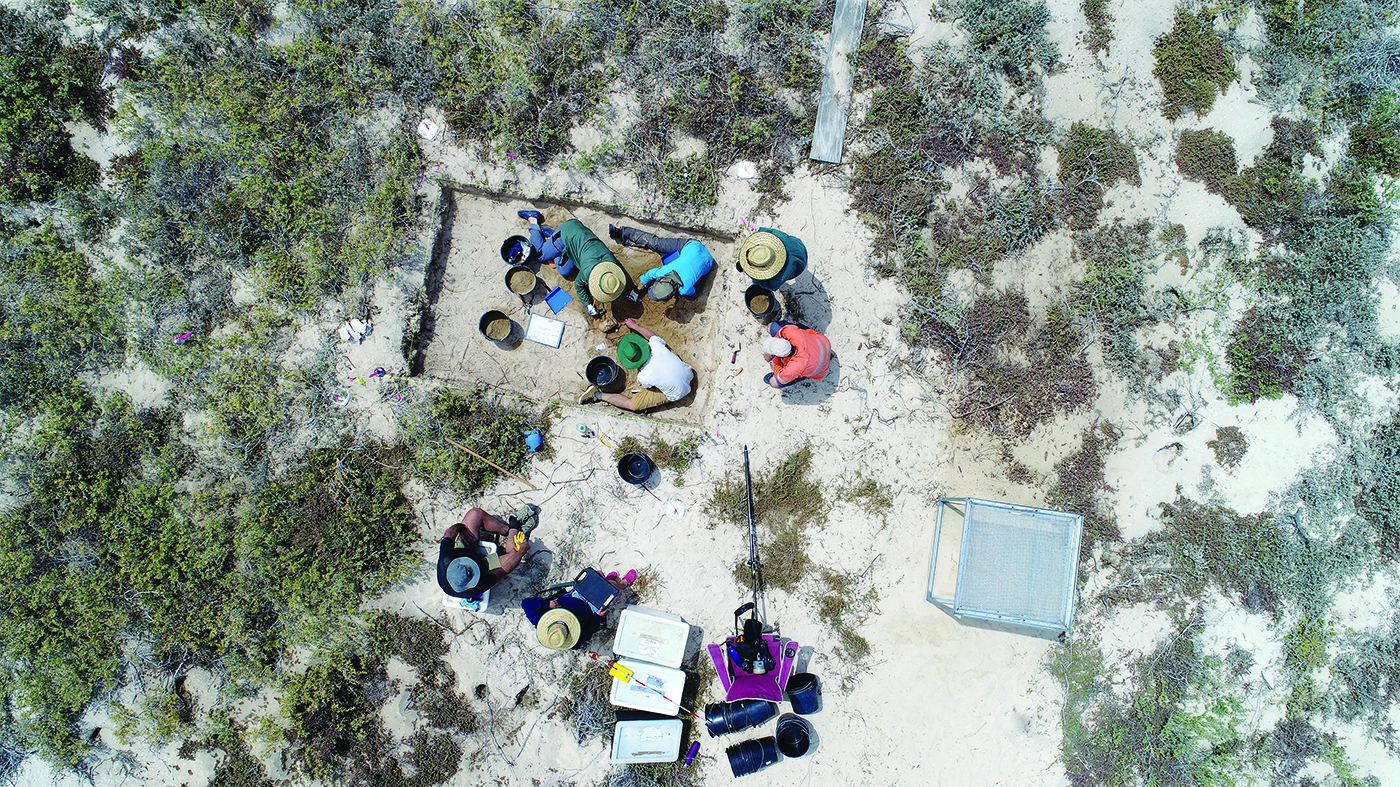The discovery of Batavia and other early Dutch wrecks in Western Australia led to the protection of all our historic shipwrecks. But finding Batavia took a bit of luck and an eagle-eyed fisherman; it wasn’t where most people thought.
In 1838, Commander J C Wickham and Lt J Lort Stokes of the Beagle (the vessel Charles Darwin sailed on) were surveying the Western Australian coast when they spotted the remains of a shipwreck at the southern end of the Houtman Abrolhos Islands. They thought it was wreckage from the Batavia and named the islands the Pelsaert Group and their anchorage Batavia Roads. Unsurprisingly, people assumed the Batavia was lost somewhere nearby.
On 4 June 1963, Abrolhos fisherman Dave Johnson showed a group of divers a large anchor that he had noticed while setting lobster pots on Morning Reef in the Wallabi Group, much further north. The divers jumped in and found Batavia’s wreckage in shallow water only three to seven metres deep. The wreck site was about 50 m long and 15 m wide, and was littered with cannon and anchors.
 Excavations of historical Batavia burials, Beacon Island. Photo by Alistair Paterson, WA Musuem
Excavations of historical Batavia burials, Beacon Island. Photo by Alistair Paterson, WA Musuem
Batavia had been found, but that wasn’t necessarily a good thing. At that time, newspapers in WA were full of reports of wrecks being looted and vandalised. There was a public outcry and the finders of the wrecks appealed to the State Government to protect the sites. As a result, the WA Government passed the world’s first underwater cultural heritage legislation with what became the Maritime Archaeology Act.
Landmarks
Studying the Batavia tragedy involves a fascinating combination of underwater and shore-based archaeology.
The shelters that Batavia’s castaways built on West Wallabi island were the first European buildings in Australia.
Luckily, most shipwreck survivors are rescued within a few hours or days of the disaster. But the survivors from Batavia had to wait months while Pelsaert sailed for help: long enough to build shelters and, tragically, to dig graves, while they struggled to survive on the islands. Their modifications to the environment left long-lasting clues for archaeologists to learn more about how they lived and how they died.
